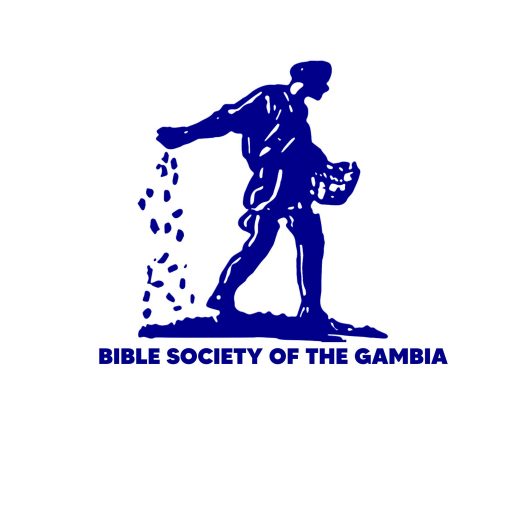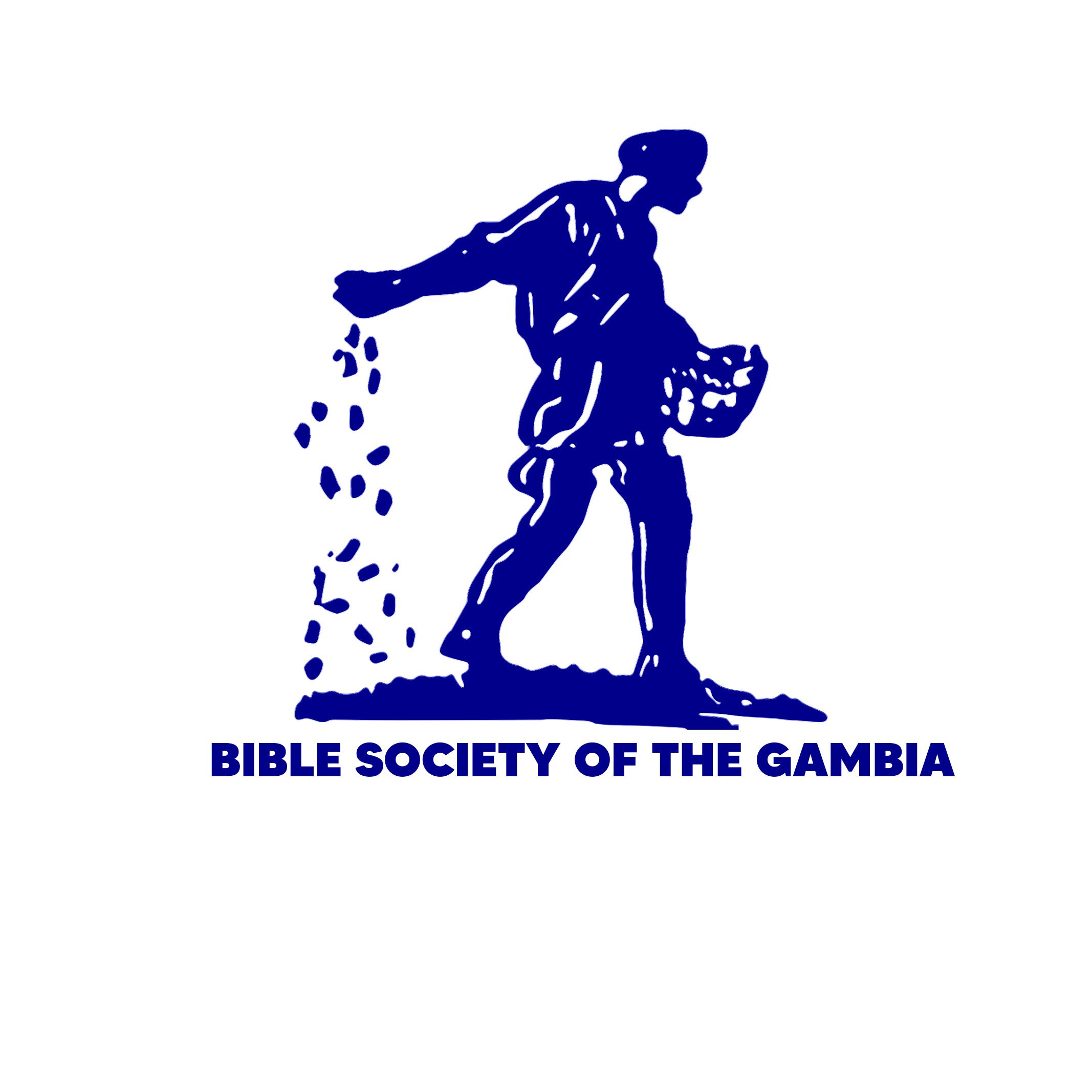Sulemani la baara kuu koteŋolu
(1 Mansoolu 9:10-28)1 Yaawe Batudulaa Buŋo* niŋ Sulemani la mansasuwo loo ye sanji muwaŋ ne taa. 2 Sulemani naata saatewolu lookuu, Mansa Hiramu ye mennu dii a la, bituŋ Banisirayilankoolu doolu sabatita jee.
3 Sulemani ye Hamati-Soba saatewo kele, a ye jee taa. 4 A ye Tadimori saatewo lookuu meŋ be keñewuloo* kono, aniŋ maaboridulaa saatewolu Hamati maafaŋo la. 5 A ye ñiŋ saatee fuloo tata, Beti-Horoni-Santo aniŋ Beti-Horoni-Duuma. A ye ì tata, a ye daalu ke ì la, aniŋ nee bantambiloo. 6 A ye Baalati fanaa tata ka taa saatewolu to, daamennu mu a la maaboridulaalu ti, a la neesareetoolu niŋ a la suwoolu be daameŋ. Sulemani ye feŋ-wo-feŋ hame ka a loo, a ye a loo Yerusalaamu kono le, Libanooni, aniŋ bankoolu bee kaŋ mennu be a la maraloo koto.
7 Moo doolu tarata nuŋ bankoo kaŋ ne, mennu maŋ ke Banisirayilankoolu ti. Wolu le keta Hitinkoolu ti, Amorinkoolu, Perisinkoolu, Hiwinkoolu, aniŋ Yebusinkoolu. 8 Ì mu moolu le koomalankoolu ti, Banisirayilankoolu maŋ mennu bee faa. Sulemani ye ì diyaakuyaa dookundi, aduŋ a be wo le ñaama ka naa bula bii la. 9 Bari Sulemani maŋ Banisirayilankoolu kiliŋ joŋyaatoo dookundi. Ì mu nuŋ a la kelediŋolu le ti, a la kelediŋ kuntiyolu, aniŋ keleraŋ sareeti* bayilaa kuntiyolu aniŋ suuborindilaalu. 10 Banisirayilankoolu le fanaa mu dookuu kuntiyolu ti, mennu marata Sulemani la dookuwo ma, dookuu kuntii keme fula niŋ taŋ luulu le tarata dookuulaalu kunna.
11 Sulemani ye Firawoona dimmusoo bondi naŋ Dawuda la Saatewo* to ka naa buŋo kono, a ye meŋ loo a ye. Kaatu a ko le ko, “N na musoo te tara la Dawuda la buŋo kono, Banisirayila la mansa, kaatu Yaawe la Kambeŋ Kunewo* tarata nuŋ dulaalu mennu to, seneyaata le.”
12 Bituŋ Sulemani ka jani sadaalu* bo sadaajanidulaa* kaŋ Yaawe ye, a ye meŋ loo Alla Batudulaa ñaatiliŋo la. 13 A ka ñiŋ jani sadaalu bo, ko a be laariŋ Musa la Luwaa* to ñaameŋ: Loobula Luŋ-wo-Loobula Luŋ, Kari Kuta Juuraloolu*, aniŋ saŋo juurali saboo, mennu mu Mbuuru Leweñintaŋ Juuraloo* ti, Katiri Waati Juuraloo*, aniŋ Jembereŋ Juuraloo*. 14 Ko a faamaa Dawuda ye a londi aadoo ti ñaameŋ, a ye piriisi* kafoolu tomboŋ ka ì londi baturoo daa to. A ye Lewi lasiloo moolu tomboŋ ka tara Alla tentoo daa to, aniŋ ka piriisoolu maakoyi ì la luŋ-wo-luŋ dookuwolu to, ko a be laariŋ ñaameŋ. A ye bundaa kantalaalu tomboŋ ka ì londi ì la dulaalu to, ko a ñanta ñaameŋ, kaatu Alla la moo Dawuda ye a yaamari teŋ ne. 15 Aduŋ ì maŋ ì koo dii Mansa Dawuda la yaamaroo la, a ye meŋ dii piriisoolu niŋ Lewi lasiloo moolu la nuŋ, maaboridulaalu niŋ kuu koteŋolu la kuwo to.
16 Bituŋ Sulemani la dookuwo bee banta, a be meŋ ke kaŋ, biriŋ Yaawe Batudulaa Buŋo fondamaŋo to fo a kumfaadulaa. Dookuwo bee timmata.
17 Bituŋ Mansa Sulemani taata Esiyoni-Keberi aniŋ Elati, Edomu bankoo kaŋ, Kulunjumbe Baa tintoo la. 18 Mansa Hiramu ye kuluŋolu kii a ye, Hiramu faŋo la moolu tarata marariŋ ì kunna, moolu le mu mennu ye baa loŋ kendeke. Ì niŋ Sulemani la dookuulaalu kafuriŋo teyita ka taa Ofiri bankoo kaŋ, aduŋ ì ye sanoo samba naŋ Sulemani ye, meŋ siyaata kilo wuli taŋ niŋ luulu ti.
Solomon's Achievements
(1 Kings 9.10-28)1 It took Solomon twenty years to build the Temple and his palace. 2 He also rebuilt the cities that King Hiram had given him, and sent Israelites to settle in them. 3 He captured the territory of Hamath and Zobah 4 and fortified the city of Palmyra in the desert. He rebuilt all the cities in Hamath that were centers for storing supplies. 5 Solomon also rebuilt the following cities: Upper Beth Horon and Lower Beth Horon (fortified cities with gates that could be barred), 6 the city of Baalath, all the cities where he stored supplies, and the cities where his horses and chariots were stationed. He carried out all his plans for building in Jerusalem, in Lebanon, and throughout the territory that he ruled over. 7-8 Solomon employed at forced labor all the descendants of the people of Canaan whom the Israelites had not killed when they took possession of the land. These included Hittites, Amorites, Perizzites, Hivites, and Jebusites, whose descendants continue to be slaves down to the present time. 9 Israelites were not used at forced labor, but served as soldiers, officers, chariot commanders, and cavalry troops. 10 There were 250 officials in charge of the forced labor working on the various building projects.
11 Solomon moved his wife, the daughter of the king of Egypt, from David's City to a house he built for her. He said, “She must not live in the palace of King David of Israel, because any place where the Covenant Box has been is holy.”
12 Solomon offered sacrifices to the Lord on the altar which he had built in front of the Temple. 13 He offered burnt offerings according to the requirements of the Law of Moses for each holy day: Sabbaths, New Moon Festivals, and the three annual festivals—the Festival of Unleavened Bread, the Harvest Festival, and the Festival of Shelters. 14 Following the rules laid down by his father David, he organized the daily work of the priests and of the Levites who assisted the priests in singing hymns and in doing their work. He also organized the Temple guards in sections for performing their daily duties at each gate, in accordance with the commands of David, the man of God. 15 The instructions which David had given the priests and the Levites concerning the storehouses and other matters were carried out in detail.
16 By this time all of Solomon's projects had been completed. From the laying of the foundation of the Lord's Temple to its completion, all the work had been successful.
17 Then Solomon went to Eziongeber and Elath, ports on the shore of the Gulf of Aqaba, in the land of Edom. 18 King Hiram sent him ships under the command of his own officers and with experienced sailors. They sailed with Solomon's officers to the land of Ophir and brought back to Solomon about sixteen tons of gold.

